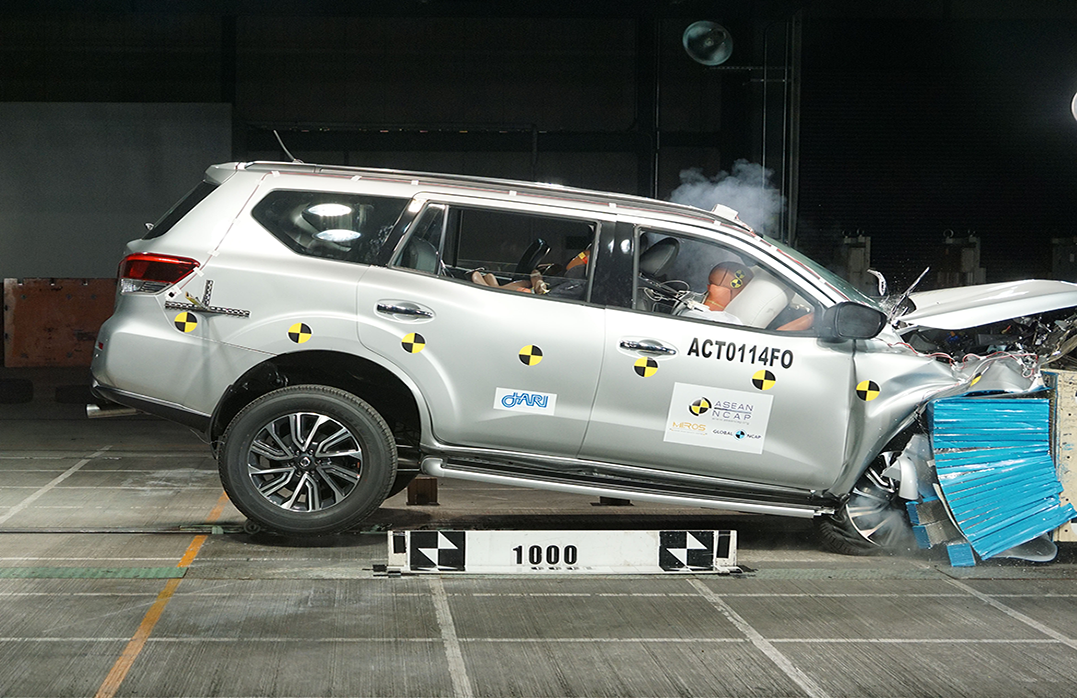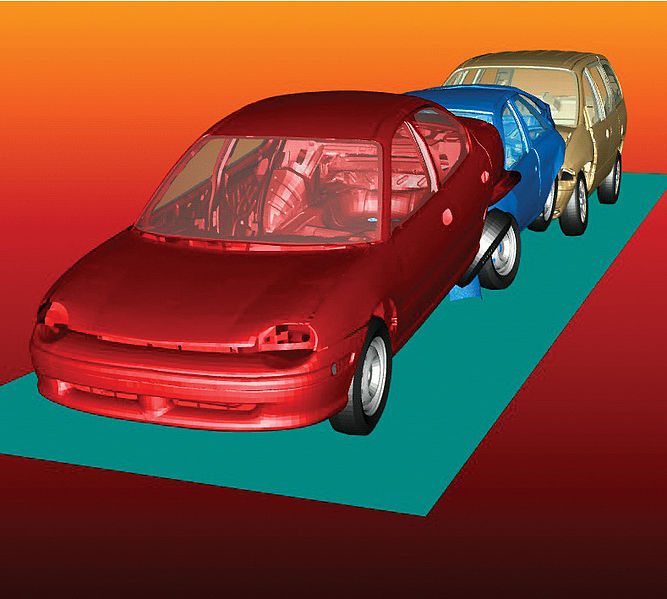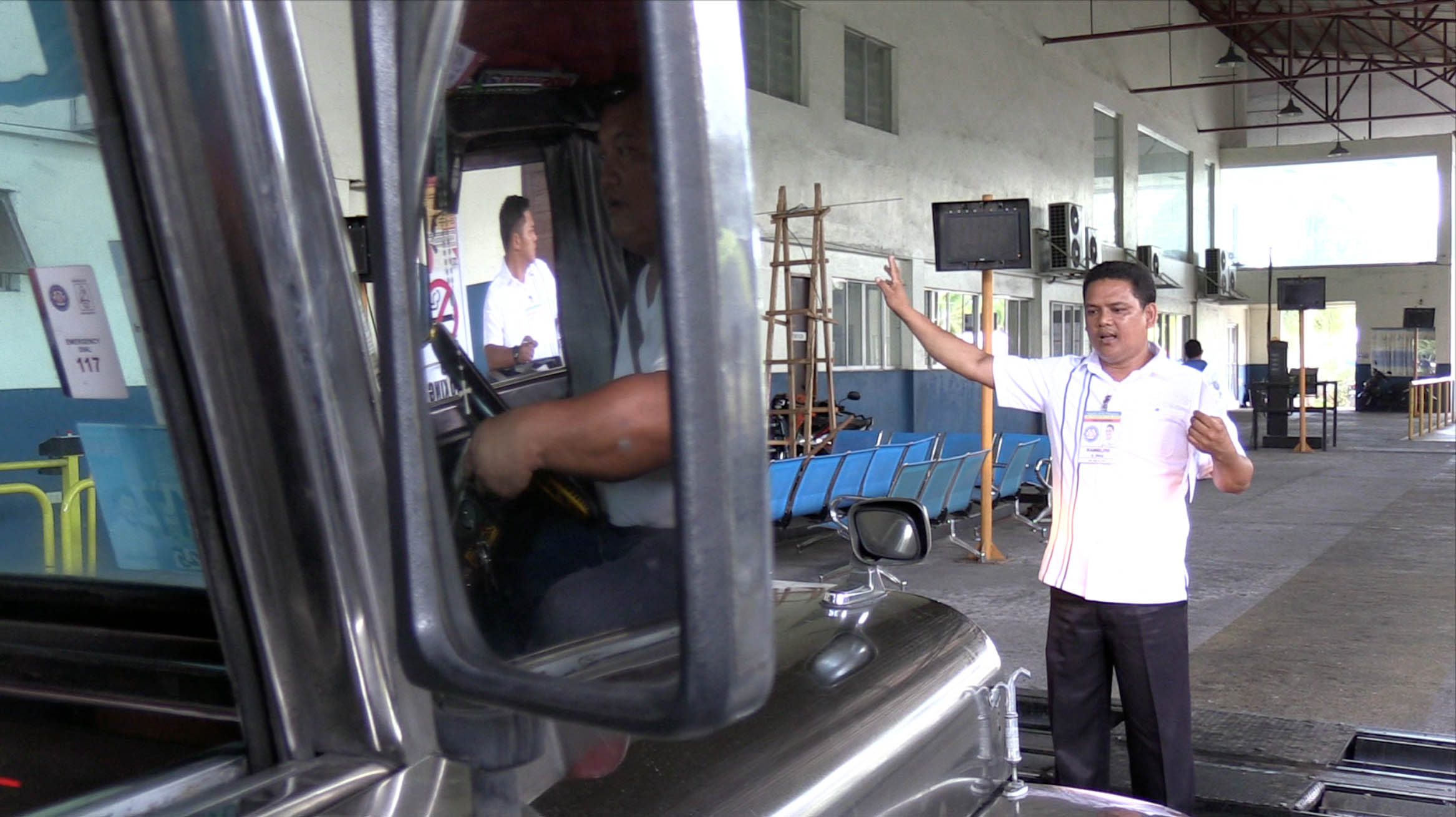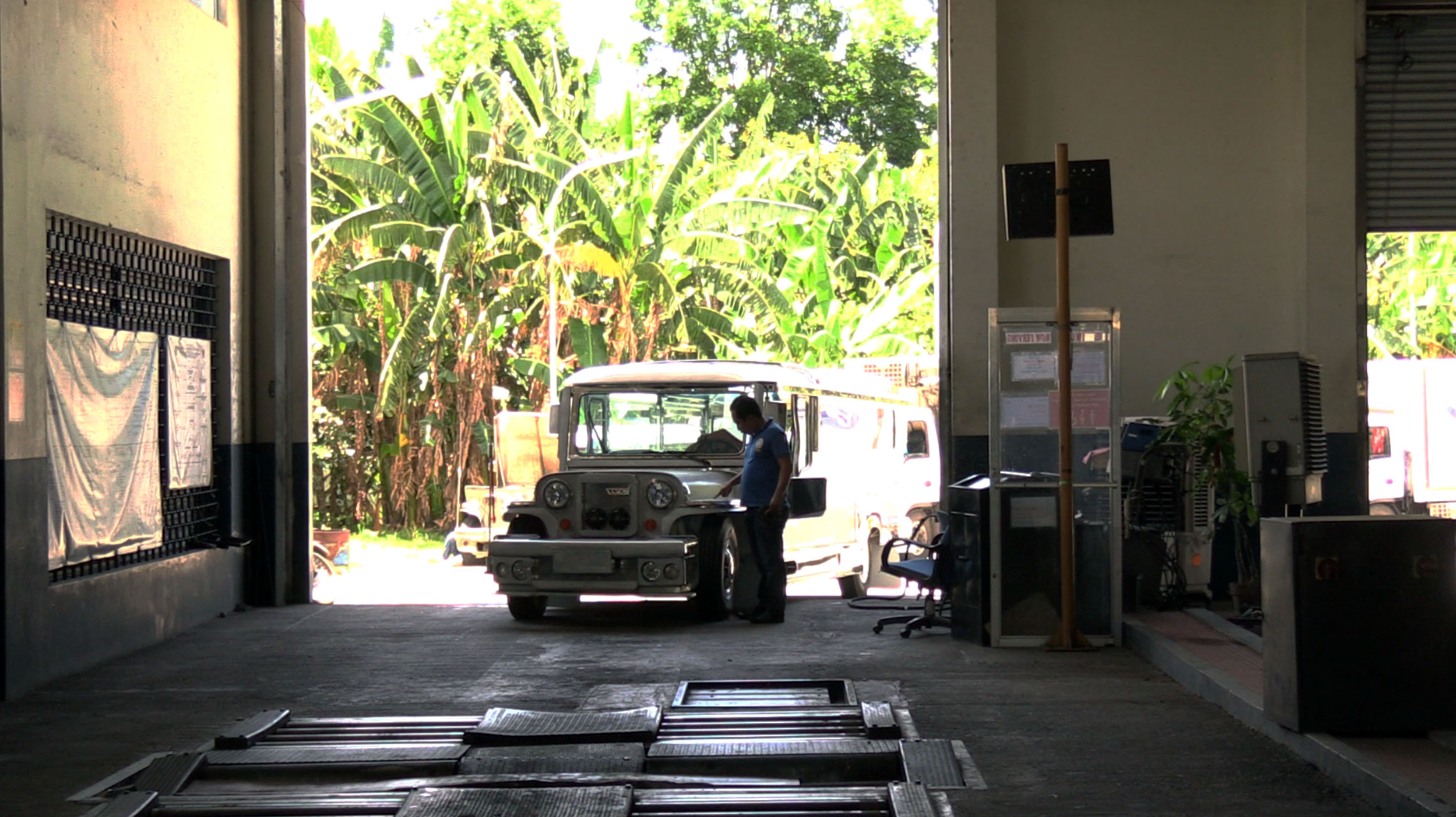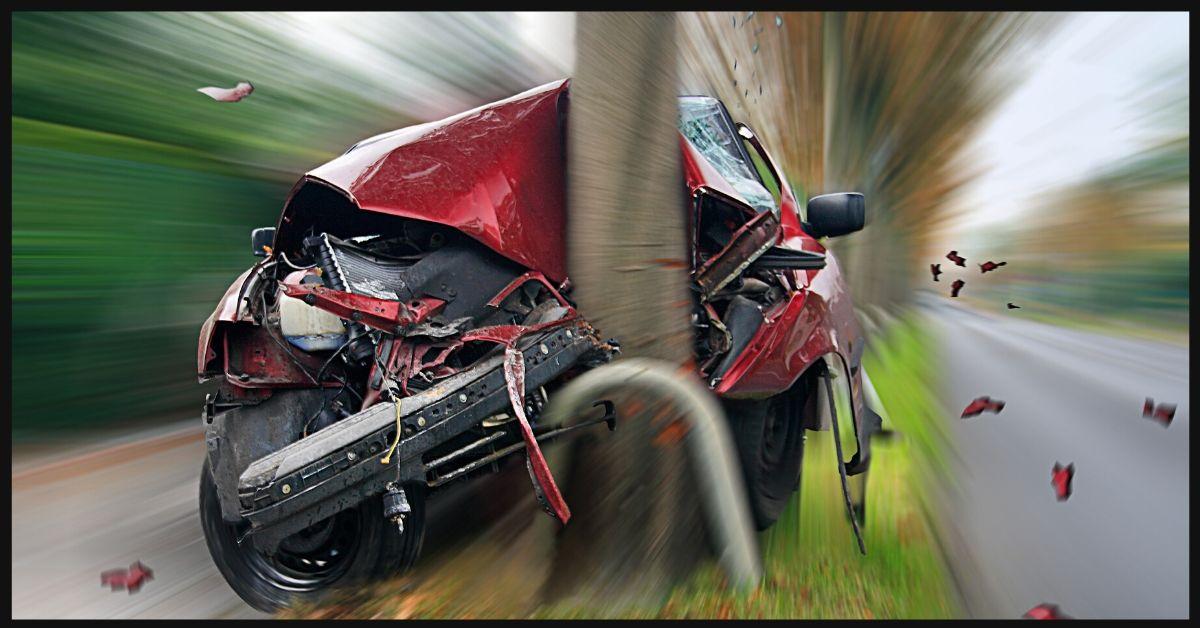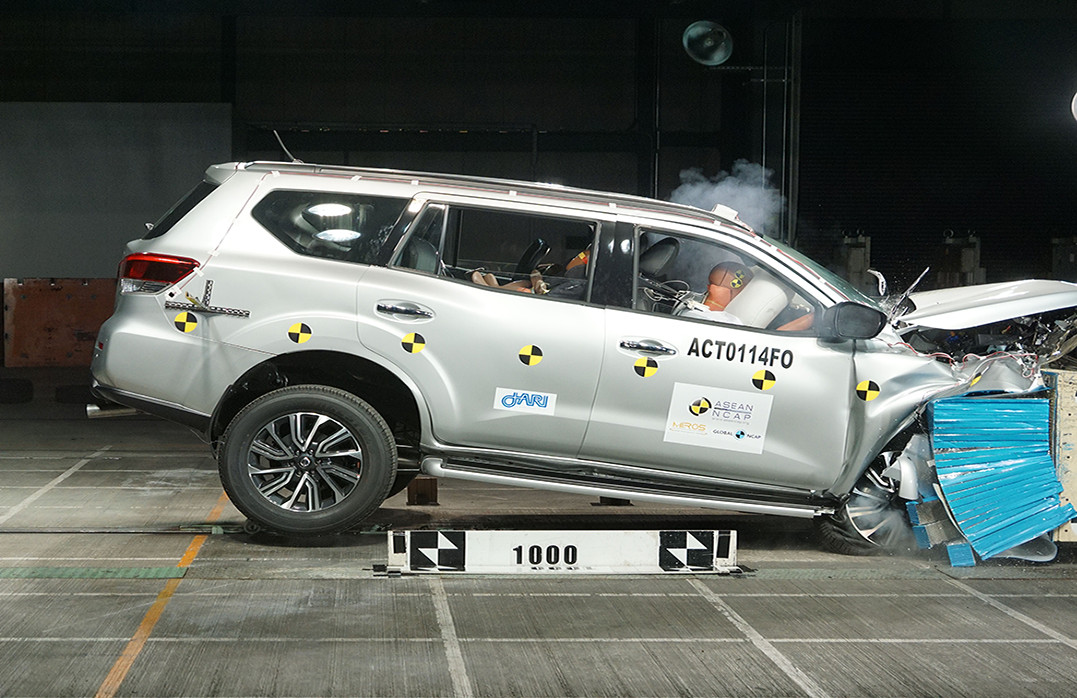
When you step into your car to, say, head home from work or from an out-of-town trip, many things run through your mind.
How bad will the traffic be? What time will I get home? What is dinner going to be?
The very last thing you would think about is being encased in mangled metal, shattered glass and broken plastic. Nobody wants to think about it, but being involved in a collision is not improbable.
Amidst chaos on the road, your ‘pride and joy’ or ‘baby’ might just be where you would draw your last breath.
For hundreds of thousands of drivers around the world, it is.
Top killer of kids worldwide
The World Health Organization (WHO) found in its 2018 Global Status Report on Road Safety that around 1.35 million people were killed in road crashes worldwide in 2016.
Four in five of those fatalities came from middle-income countries like the Philippines, where the WHO estimated 12,690 road-traffic fatalities that year.
The agency said road crashes are now the eighth leading cause of death for people of all ages, ahead of diarrhoeal diseases and tuberculosis. More worrying, road crashes are now the top killer of young people aged 5 to 29 years old.
Improving vehicle safety is one of the five “pillars” of the United Nations Global Plan for the Decade of Action for Road Safety, which seeks to reduce road-crash fatalities globally.
Among its goals is the implementation of new car assessment programs worldwide like the ASEAN New Car Assessment Programme (NCAP), which aims to help buyers stay away from cars that crash like empty beer cans.
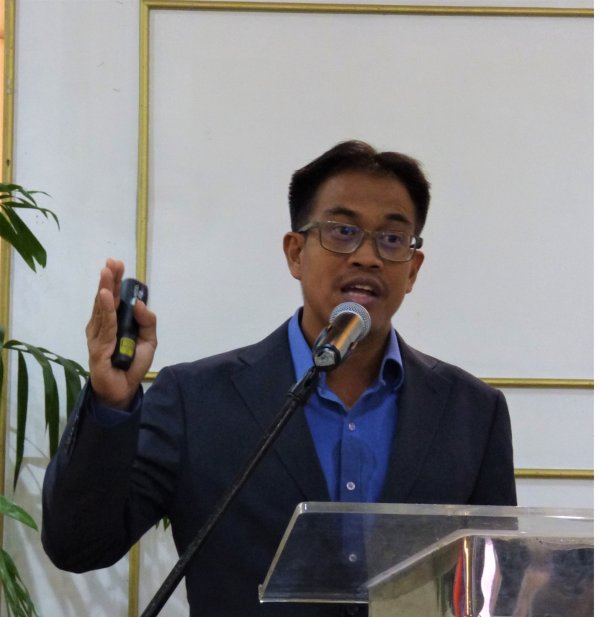
ASEAN NCAP Technical Leader Yahaya Ahmad says their group seeks to expose cars that do not value safety.
“Nobody wants to be involved in a collision, but even if you drive safely, you can get into a crash sometimes because of the road conditions like heavy rain, which makes the road very slippery,” ASEAN NCAP Technical Leader Yahaya Ahmad told VERA Files on the sidelines of the agency’s Sept. 17 forum in Manila.
“We have two definitions of vehicle safety,” he added. “First is avoiding the crash. We assess the technology to avoid a crash. And second is if you cannot avoid the crash, we assess passive safety features like seatbelts, airbags and vehicle structure to make sure you are being protected from severe injury or fatality.”
Finding the death traps
ASEAN NCAP was formed in December 2011 in Malaysia, following the lead of other NCAP programs around the world.
Funded by Global NCAP, the group has a sophisticated crash-test laboratory that can test everything from how a car crumples to the effectiveness of safety features like airbags, seatbelts and child restraints.
The group usually buys the cars it tests, often getting the most basic variants of a model as these are the most accessible to buyers. Carmakers can also provide vehicles to test, but Ahmad said these are usually high-end models that come with a bevy of safety equipment.
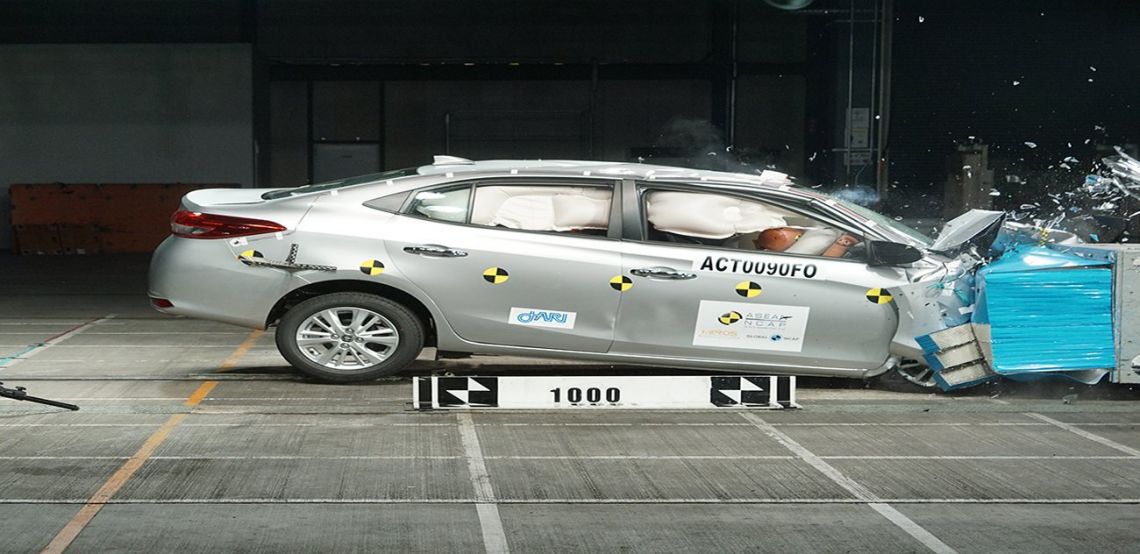
The Toyota Vios, one of the top-selling cars in the Philippines, received a 5-star safety rating from ASEAN NCAP. Photo from the ASEAN NCAP.
ASEAN NCAP Communications Officer Salina Mustaffa said at the forum that for 2017 to 2020, a vehicle’s overall rating is divided into: 50 percent Adult Occupant Protection, 25 percent Child Occupant Protection and 25 percent Safety Assists, which pertain to active safety features like stability control and autonomous braking.
ASEAN NCAP then publishes its findings on its website, giving a star rating for each car. A rating of four or five stars means a car not only offers excellent protection for adults and children, but also has available life-saving safety features.
No star means people in the car have a higher chance of being injured or killed in a crash.
“We make sure that our crash-test information, our safety information on the cars are reaching the consumer,” Ahmad said in a talk at the forum. “You will not find this information in regulations, as these just determine what vehicles would pass or fail.”
ASEAN NCAP said it has tested 87 cars so far, adding that 34 of these are available in the Philippines, most having four or five stars.
Ahmad said Philippine vehicle standards are “good” and that the country is receptive to improving vehicle safety.
“I feel that car manufacturers here are really, really willing to support ASEAN NCAP and introduce models with safety features,” he told VERA Files.
Meanwhile, Mustaffa said ASEAN NCAP will look more closely at motorcycle safety in its 2021 to 2025 roadmap.
Unsafe cars in the market
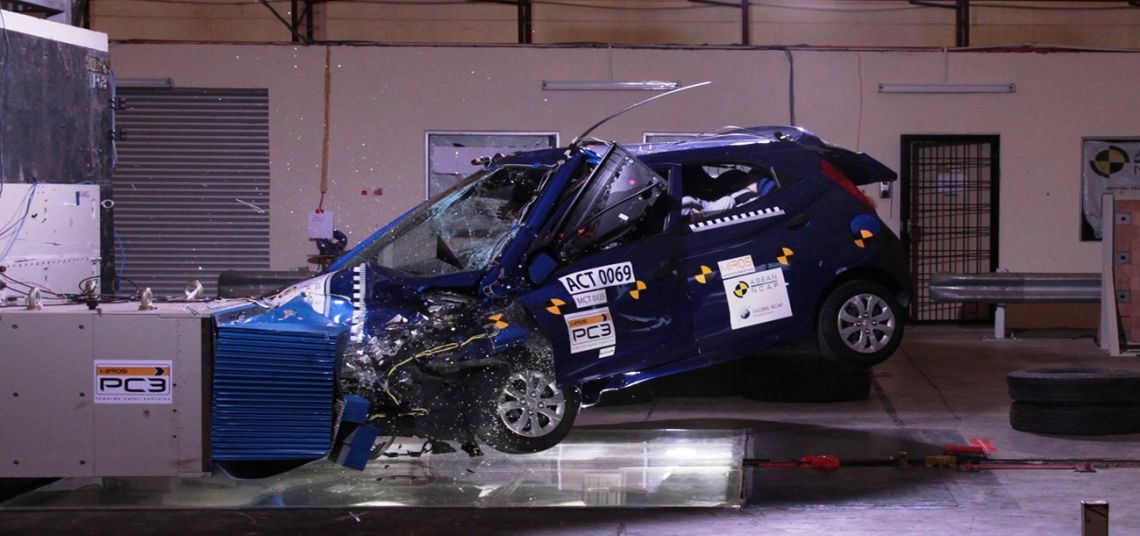
A Hyundai Eon, sold locally from 2012 to 2019, gets a poor rating in an ASEAN NCAP test. Photo from the ASEAN NCAP.
Despite strides in making cars safer globally, some models that ASEAN NCAP has rated poorly still make it to market.
The Hyundai Eon subcompact hatchback, which was sold in the Philippines from 2012 to early 2019, got a zero-star rating for Adult Occupant Protection after ASEAN NCAP tested a Philippine-market model in May 2016.
In its report, the group found that although the Eon gave the front passenger “marginal-to-good protection,” the driver got “poor” protection because of the excessive deformation of the passenger compartment, resulting in the dashboard and the pedals inflicting serious trauma to the test dummy.
This issue was compounded by the vehicle not being equipped with airbags, which were unavailable in Eons locally. However, a driver’s airbag is available in other markets.
Just last February, the Reina subcompact sedan replaced the Eon as the cheapest model in the Hyundai Philippines line-up.
Unlike the Eon, all Reina variants come with driver and front-passenger airbags, as well as anti-lock brakes. However, it has not yet been tested by ASEAN NCAP.
“We give zero stars because we want to expose the car that does not promote safety,” Ahmad said in his talk. “We do not want car makers to think that when they sell a car in the ASEAN region, they can reduce its safety.”
PH vehicle safety standards need update
This disparity is down to the outdated vehicle safety standards in the Philippines.
Republic Act 8750 or the “Seat Belt Use Act of 1999” requires all cars sold locally to have seat belts in the front and rear seats.
But in other countries, life-saving safety features like airbags and electronic stability control — a system that prevents vehicles from slipping out of control, especially in wet conditions — are mandatory in all new cars.
Although many carmakers are now bringing in models with these features as standard, they can still sell cars with hardly any safety equipment to keep prices down.
For road-safety advocate and lawyer Camille Alcaraz, this just doesn’t cut it.
“In terms of policy and regulation, we have to come up with clear policies regarding safer vehicles that would limit, if not totally eradicate, the entry of zero-star cars in the Philippines,” she said.
“For the existing legislation, which are mostly on passive safety features like seatbelts and child restraints, I think better enforcement has to be the target of these laws,” added Alcaraz, who is a fellow of the Bloomberg Initiative for Global Road Safety (BIGRS) Legal Development Program.
For WHO Philippines, laws should be passed to require more vehicle safety features for locally sold cars.
“Road crashes not only have an impact economically, but also in terms of public health issues like medical services and mental health,” an officer told VERA Files.
“Globally, vehicles that do not pass strict vehicle safety regulations in other countries are sold in countries that have minimal regulations like the Philippines,” the officer said. “Stricter vehicle safety standards will help minimize road crashes, therefore, there would be less road-traffic injuries that must be treated in hospitals.”
The Philippine Road Safety Action Plan 2017-2022, published by the Department of Transportation (DOTr), mentions the need to revamp vehicle safety standards in light of ASEAN NCAP’s work.
“Introducing and implementing vehicle safety systems such as the anti-lock braking system (ABS) and electronic stability control (ESC) have also been recommended to reduce the occurrence and severity of road crashes, especially due to human error,” the DOTr said in its five-year Action Plan.
So the next time you find yourself admiring the gorgeous design or the lustrous paint of a new car, try to also imagine when the unexpected has crumpled those sleek lines and tarnished the paintwork.
Then ask yourself, will my family and I be safe in this car?
This story was produced under the Road Safety Journalism Fellowship of VERA Files, with support of the World Health Organization, under the Bloomberg Initiative for Global Road Safety.
